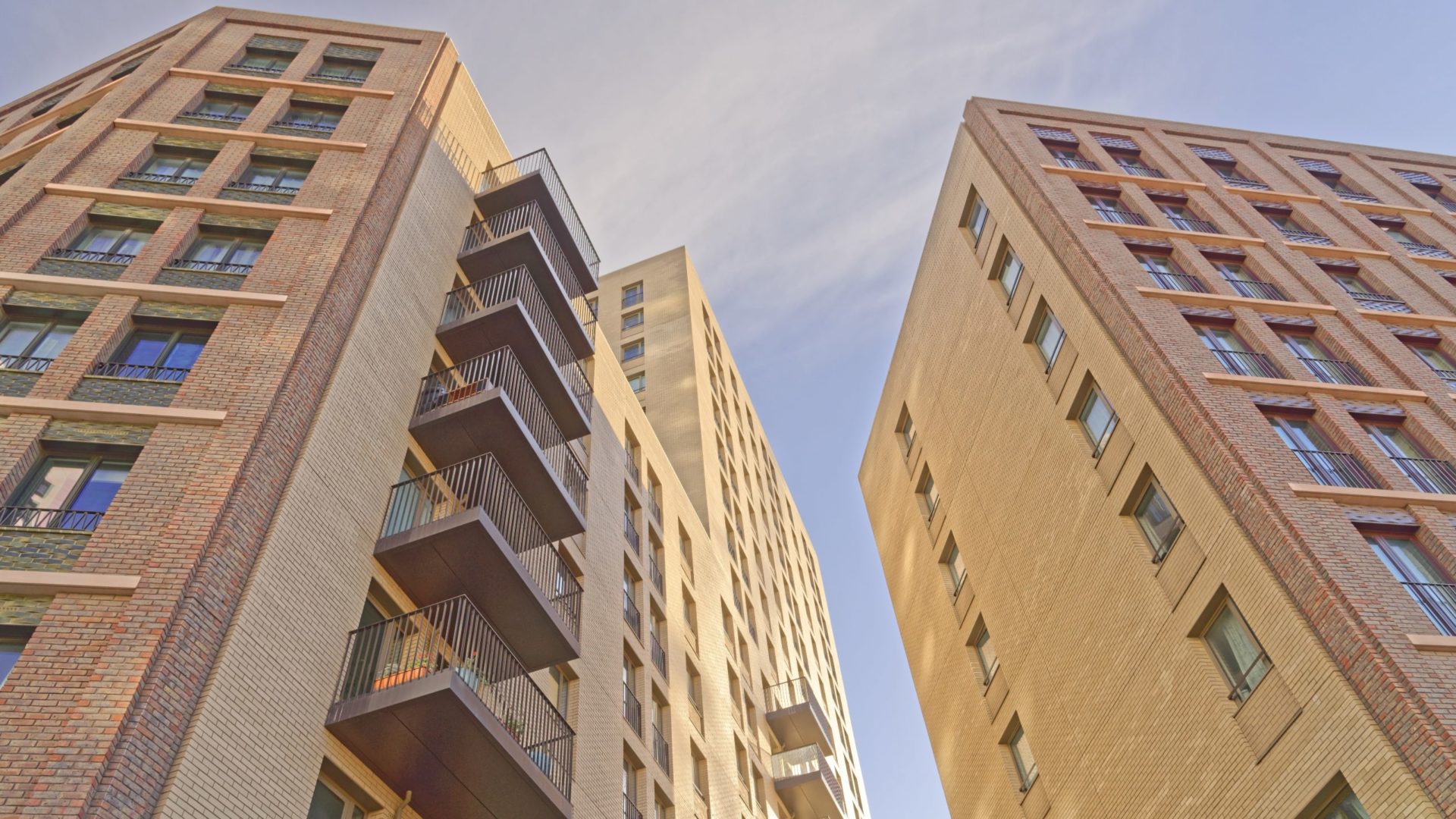With building control approvals at a record high, platforms like Procore can help teams standardise and automate some of the most onerous tasks in the Gateway 2 submissions. Brett King explains how.
Gateway 2 is fast becoming one of the most painful pinch points in UK construction. With rejections pushing projects to the back of a growing queue, the cost of getting it wrong is punishing – approval times have risen to 25.1 weeks between January and March 2025.
The Building Safety Regulator’s July 2025 data reveals a backlog and approval crisis. Between October 2023 and March 2025:
- Over 2,100 Gateway 2 applications were submitted
- Nearly half (1,019) are still awaiting a decision
- Of those reviewed, just 31% have been approved
- For new builds, the figure drops further – only 23% secured approval
- In total, just around 338 applications have been approved to date
However, new insight from regulatory specialists suggests a lifeline. Up to 55% of the Gateway 2 submission can now be standardised and automated. That’s not just a marginal gain – that’s a strategic advantage, especially when the stakes include multimillion-pound delays and stalled housing delivery.
Rejection: the hidden cost most don’t talk about
Graham Corder, development director at Steyn Group, knows how unforgiving the process can be. His team submitted a Gateway 2 application for a high-rise residential scheme – the old-fashioned way. A consultant was brought in. Thousands of documents were compiled. But the application was rejected.
“We thought we’d done everything right,” says Corder. “But the complexity just overwhelmed the process. Something as small as a fire collar showing the wrong dimension on a drawing can trigger a rejection – and when you’re sent to the back of the queue, that’s soul-destroying.”
And that queue is no joke. The average wait time for Gateway 2 approvals is currently 25.1 weeks, with new build applications taking an average of 36 weeks, three times the statutory 12-week timeframe, according to BuildUK. Get rejected, and you’re not just resubmitting – you’re starting over.
The industry impact is real. Some developers are now redesigning buildings to sit below the higher-risk building (HRB) threshold, sacrificing valuable floor space and housing numbers just to avoid the Gateway 2 bottleneck. That’s not innovation: that’s survival mode.
The opportunity: 55% of the work can be standardised
So where’s the solution? According to Joshua Waterman, a consultant at Building Safety Act Consult, a majority of the documentation required is repeatable and should never be built from scratch.
“We see the same documents requested again and again,” Waterman explains. “Things like change control processes, review procedures and construction control plan. These can all be templated and adapted. You don’t need to reinvent the wheel every time.”
It’s not dissimilar to how contractors approach project execution plans (PEPs) or quality plans. There’s a core template – then you layer in project specifics. The same thinking can be applied to Gateway 2.
This “standardisable 55%” typically covers:
- Documented review processes
- Change management workflows
- Roles and responsibilities
- Quality assurance procedures
Get these locked in – and you can help drastically reduce the risk of basic errors, omissions, and initial validation failures.
Gateway 2: the stats you need to know
- Average wait time between January and March 2025: 25.1 weeks
- Rejection = reset: resubmissions go to the back of the queue
- Standardisable content: 55% (based on over 25 applications reviewed)
- Common pitfalls: missing review procedures, inconsistent change control, outdated drawings
- High-risk threshold: between 10–15 regulator queries typically leads to rejection
Technology’s role: smarter, not just faster
That still leaves 45% of the submission – the technical heart – including compliance reports, detailed designs and fire safety analysis. But even here, technology plays a vital role.
Platforms like Procore act as a central hub for all drawings, revisions, and supporting evidence. They track approvals, highlight gaps and help ensure version control – so you’re not caught out by outdated files.
And by analysing trends from past submissions, technology can start to flag common rejection points in real time. It’s proactive risk mitigation, not post-mortem regret.
Even the initial validation checks, often a manual, time-consuming exercise, can be automated. Imagine a system that scans your submission the moment you upload it, highlighting missing or incomplete sections before a human even looks at it.
“Shaving weeks off the validation phase alone would be a game-changer,” says Steyn Group’s Corder. “The clock starts ticking the moment you submit, and anything that speeds up that early phase is worth its weight in gold.”
Collaboration, not replacement
The goal isn’t to replace human judgment: it’s to free up professionals to focus where they add the most value.
The regulator is listening, and they are building capacity, but the industry has a role to play, too. Better submissions help everyone – they make it easier for the regulator to do their job, and they keep projects moving.
Instead of treating Gateway 2 like a bureaucratic hoop to jump through, this is a chance to professionalise the process and help futureproof it.
Gateway 2 isn’t going away, and rightly so. It’s a cornerstone of the new safety regime. But it doesn’t have to be a blocker.
Standardisation and digital workflows offer a proven route to faster, more consistent submissions that help reduce admin and rejections. Giving your teams more time to spend designing and delivering buildings that are safe, compliant, and on programme.
“This isn’t just about ticking boxes,” Corder concludes. “It’s about building better. We can’t keep relying on outdated processes. If we want to move forward, tech and standardisation have to be part of the plan.”
Brett King is director of industry transformation at Procore.
View the original article and our Inspiration here


Leave a Reply